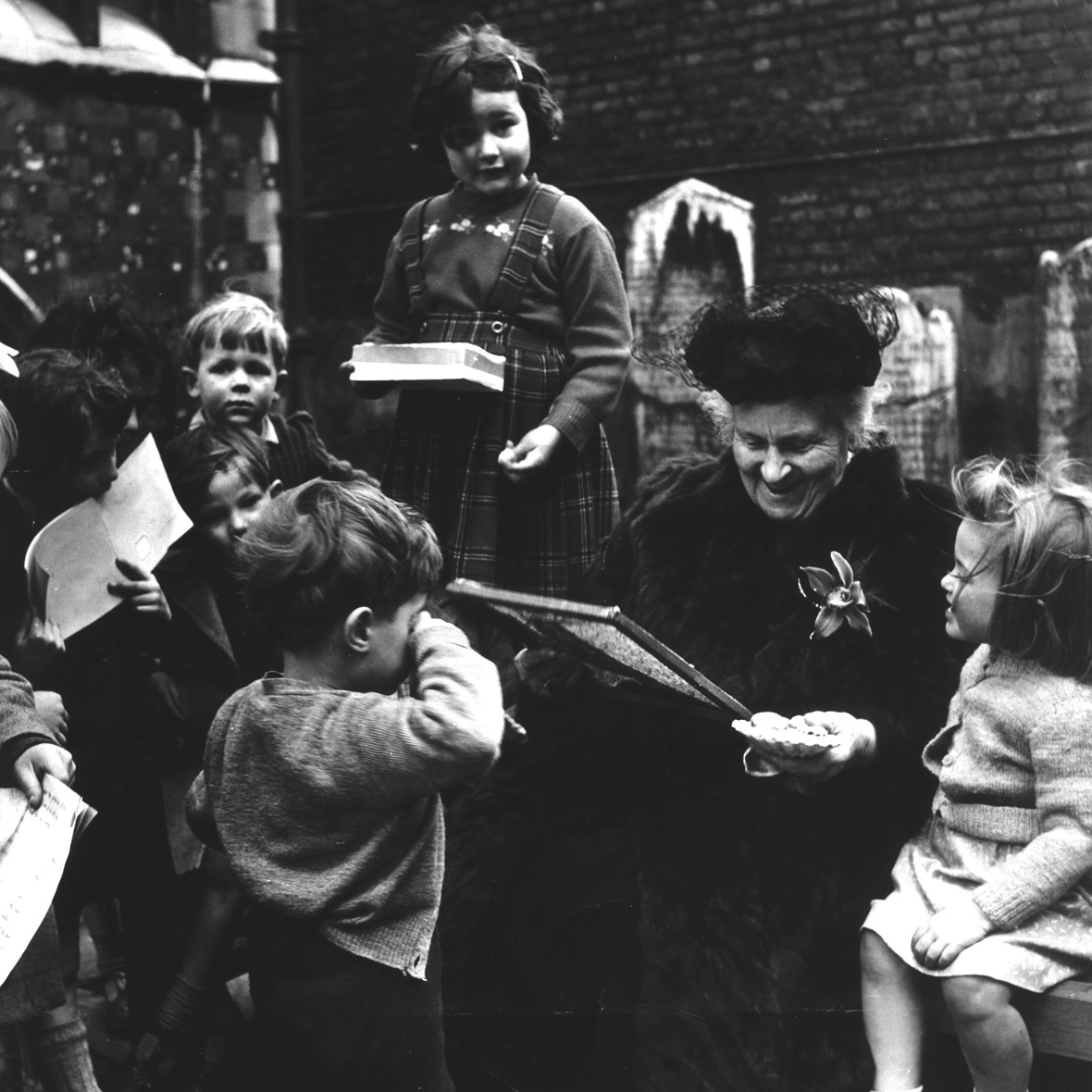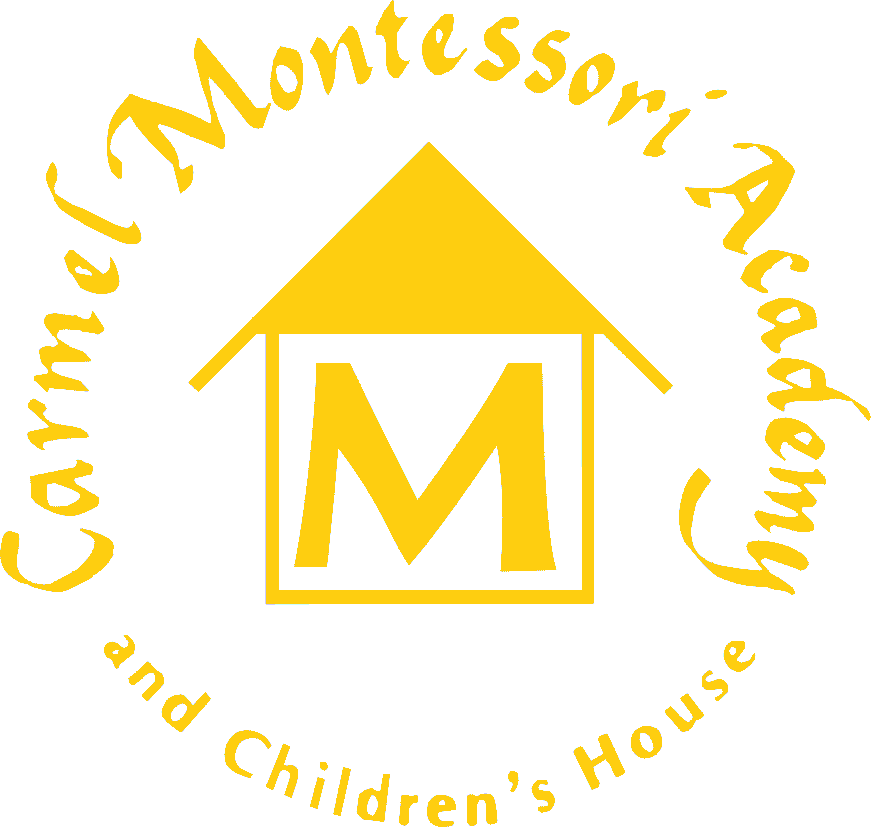
Philosophy
&
Pedagogy
What the Montessori Teacher Is
- Authoritative
- Observer
- Resource/Consultant
- Model
1. AUTHORITATIVE
“The most important [principle] is to respect all the reasonable forms of activity in which the child engages and try to understand them.”
Maria Montessori, The Child in the Family, p. 88.
“The teacher … responds empathetically to children’s feelings, while firmly establishing limits for the group…”
The Authentic American Montessori School, p. 37.
For Montessori Directors/esses one of the most challenging aspects of CHILD/Directress relationships is the ability to prepare oneself and the environments to be authoritatively empathetic (in the vernacular – “to be friendly without being friends, to exert necessary authority without being a dictator”). Many “gauges” can be used to determine if this delicate relationship of humanitarian authority is in actuality going on in classrooms when no one (else) is present to “hear the tree fall.” The following characteristics of an authoritative approach are observed daily at CMA: the prepared classrooms with all of the environmental factors arranged for the CHILD’s success are observed and include realistic expectations, receptiveness to and breadth of age-relevant discussions, tone of voice, age-appropriate responses by adults, problem solving scenarios, etc. In the Lower School role playing, eye-to-eye contact, presentation of options, and older CHILD to younger CHILD experiences are observed. In the Middle School and Upper School activity options, CHILD-planning, Age Group Discussions, and even the grading system in the Upper School provide constant example of not only the adult-to-CHILD authoritative atmosphere, but also the modeling necessary for the ADOLESCENT to develop authoritative skills his/herself. As always the single most revealing measurement of the authoritative nature of the teacher and the school community is the CHILD.
2, OBSERVER
“The teacher’s task is not to talk, but to prepare and arrange a series of motives for cultural activity in a special environment made for the child.”
Maria Montessori, The Absorbent Mind, p. 8.
“the teacher’s first duty is to watch…”
Maria Montessori, The Absorbent Mind, p. 8.
“The teacher is capable of inferring the children’s intentions through observation.”
The Authentic American Montessori School. p. 37.
As a matter of school philosophy and pedagogy, Directors/esses are encouraged to observe STUDENTS for at least half of the actual time they spend in any environment (indoor classrooms, transition times, lunch, outdoor, field excursions, etc.)… In additional to in-house observations Directors/esses are provided four days each year to observe in other Montessori and traditional environments as part of the Faculty In-Service Program.
3. RESOURCE/CONSULTANT
“A child is an eager observer and is particularly attracted by the actions of adults…”
Maria Montessori, The Secret of Childhood, p. 93.
“The teacher is the source to which children may turn for help in acquiring knowledge and the dispositions favoring its acquisition.”
The Authentic American Montessori School, p. 37-38.
Teacher as resource person and consultant becomes increasingly more important to the CHILD with each year of development: physically, personally, socially, and academically. This principle applies to not only the Director/ess and/or other adults within the CHILD’S environments but also to the CHILD-as-teacher.
4. MODEL
The first step an intending Montessori teacher must take is to prepare herself…”
Maria Montessori, The Absorbent Mind, p. 276.
“The good teacher does not have to be entirely free from faults and weaknesses… We must be taught and we must be willing to accept guidance if we wish to become effective teachers.”
Maria Montessori, The Secret of Childhood, p. 149.
“The teacher embodies the behaviors, dispositions, aspirations, and possibilities that the children experience in the Montessori environments.”
The Authentic American Montessori School, p. 38.
Many noted psychologists and educators (e.g. Dewey, White, Dobson) identify “modeling” as one of the primary factors in the education of all human beings. Indeed, as far back as Socrates, Plato, and Aristotle, the “human model” of virtue, civility, citizenship, even the “garden of learning” itself, has been prized as the ultimate learning factor.
